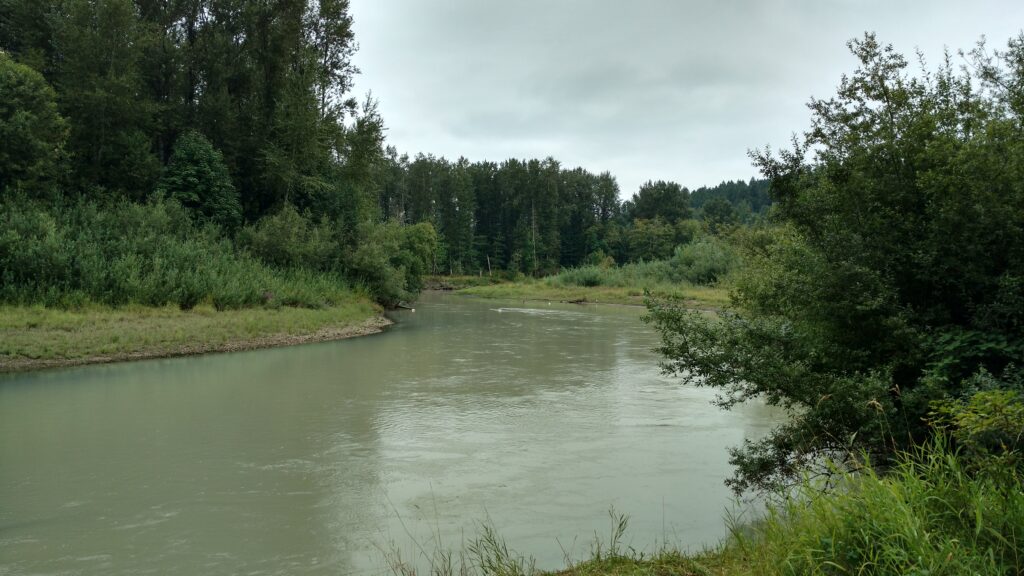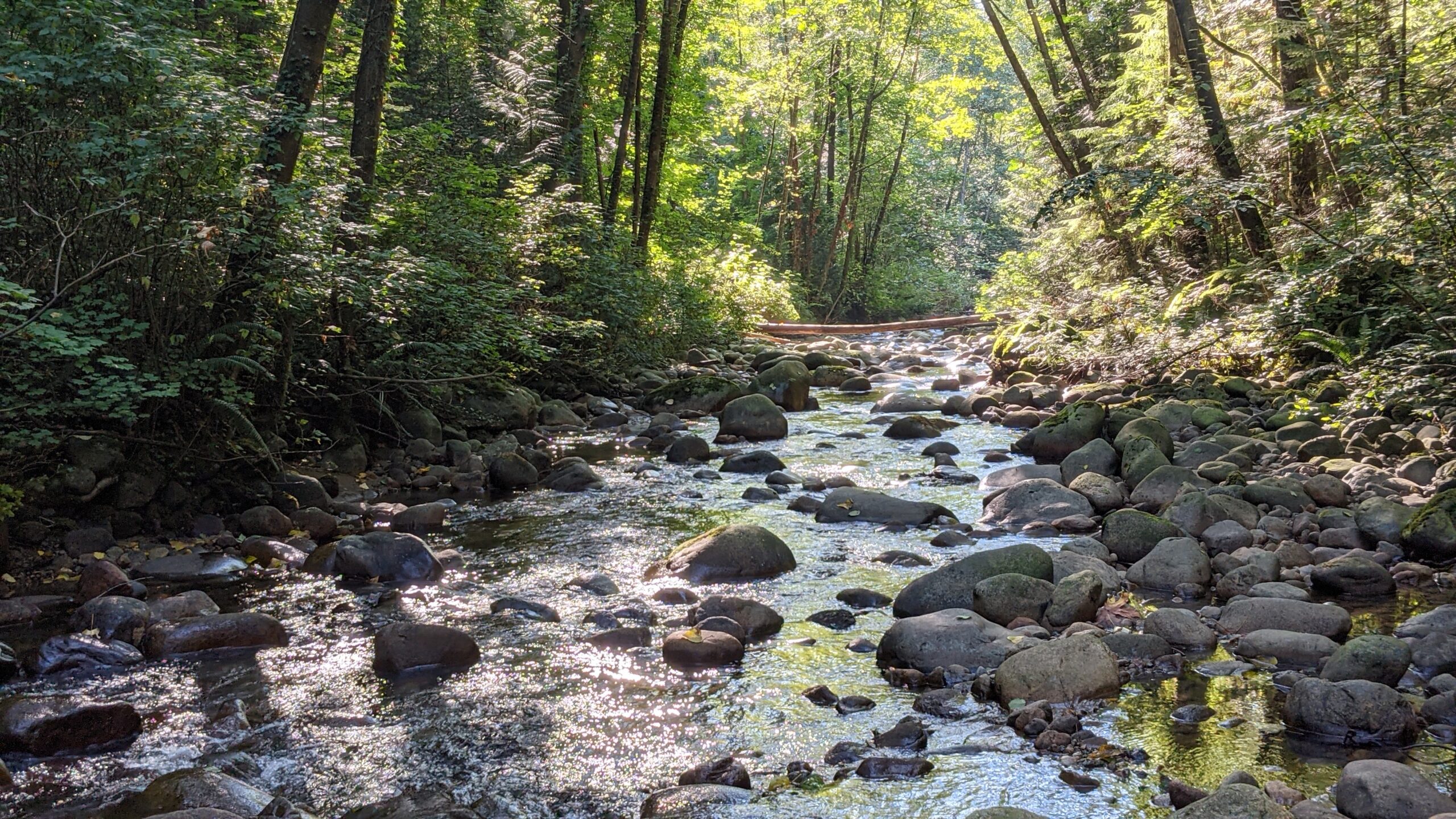In this decision, Justice Whalen of the Specific Claims Tribunal (“Tribunal”) found that the Crown breached its legal obligations to the Doig and Blueberry River First Nations (formerly the Fort St. John Beaver Band) when it failed to obtain subsurface rights for the Replacement Reserves it acquired following the Band’s surrender of the Montney Reserve. In particular, the Tribunal found that the Crown failed to inform the Band about the nature and quality of the title to the Replacement Reserves it had obtained, failed to explain the practical consequences of not having obtained subsurface rights, and failed to consult with the Band regarding its wishes, given the circumstances.

Photo credit: Gordon Lyall
I. BACKGROUND
The surrender of the Montney Reserve was the subject of the Supreme Court of Canada’s 1995 decision in Blueberry River (also known as Apsassin).1 This Claim picks up where Blueberry River left off. Recognizing this history, the Tribunal described the Claim as “the final link in a chain of events that happened nearly 75 years ago [and] inspired decades of litigation…”
The key facts are as follows. In 1900 the Band adhered to Treaty 8. In 1916 the Crown set aside the Montney Reserve for the Band, consisting of 18,168 acres of prime agricultural land in northeastern BC. The members of the Band were hunters and trappers, with little interest in agriculture. As a result members spent little time on the Montney Reserve, and instead pursued their traditional ways in the more isolated wilderness.
In 1945 the Band surrendered the Montney Reserve to the Crown. The Crown then sold the surface and subsurface rights in the Montney Reserve under the Veterans’ Land Act. Obtaining Replacement Reserves was a condition of the Band’s surrender of the Montney Reserve; and the Crown did obtain Replacement Reserves for the Band in 1950. However, when the Crown acquired the Replacement Reserves it failed to realize the Province had reserved the subsurface rights under the Land Act, as it did with all provincial Crown lands. Canada only recognized its error in 1952.
In 1977, upon learning that the Crown had disposed of its subsurface rights in the Montney Reserve and failed to obtain subsurface rights in the Replacement Reserves, the Band started the Blueberry River litigation. The Blueberry River case focused on the legitimacy of the surrender of the Montney Reserve, and the related loss of mineral rights. The pleadings also initially sought a declaration in relation to the loss of the subsurface rights in the Replacement Reserves, but that aspect of the case was dropped before the start of trial.
The Federal Court and Federal Court of Appeal dismissed the Band’s case; however, the Supreme Court of Canada reversed those decisions and remitted the case back to the Federal Court for assessment of damages. The case was ultimately settled for $147 million.
In December 2011, the Doig River First Nation filed a Claim with the Tribunal relating to the Replacement Reserves. In August 2012, the Blueberry River First Nations were added as Claimants. In the Claims, the First Nations alleged that the Crown (1) failed to fulfill its legal obligations to provide land under treaty; (2) breached its legal obligations under the Indian Act; and (3) breached its legal obligations arising from the non-provision of reserve lands, or its administration of those reserve lands, in terms of its actions (and inactions) with respect to the subsurface rights in the Replacement Reserves.
Shortly after the First Nations filed their Claims with the Tribunal, Canada applied to strike them on the basis that the First Nations were barred from bringing these claims in light of the settlement of the Blueberry River case. The Tribunal dismissed Canada’s application.2

Photo credit: Doane Gregory
II. THE TRIBUNAL’S DECISION
Given the history of the Claim, much of the Tribunal’s decision summarizes the facts of the Blueberry River case and the findings of the Supreme Court of Canada. The Tribunal also explains how this Claim differs from what was decided in that case.
In terms of the purpose of obtaining the Replacement Reserves, the Tribunal reasoned that in surrendering the Montney Reserve, the Band wanted replacement lands suited to its traditional hunting and trapping culture, and it also wanted money or a way to generate revenue to ease their members’ poverty. Canada knew and understood this. The Band had a cognizable interest in the Montney Reserve, and Canada undertook to act on the Band’s behalf in obtaining replacement lands that met the Band’s intended purposes. So, if the conditions the Band wanted could not be met, Canada had a duty to inform the Band, present available options, and seek directions and act in their best interests. It could not ignore the intended purpose of acquiring the Replacement Reserves.
Because Canada failed to obtain the subsurface rights in the Replacement Reserves, the Band was vulnerable to serious disruption of its use of the Replacement Reserves. The Province could licence the use of subsurface rights in the Replacement Reserves as it pleased for the exploration of minerals, oil, and gas. This type of exploration is inconsistent with the Band’s use of the lands for trapping, hunting, growing hay and pursuing its traditional culture. It’s difficult if not impossible to hunt and trap in or around an active mine. In addition, in failing to obtain the subsurface rights, the Band did not obtain a needed source of revenue.
The Tribunal found that Canada failed to investigate and inform the Band on the nature and quality of the title the Band was acquiring in the Replacement Reserves, failed to explain the practical consequences of not having obtained subsurface rights, and failed to consult with the Band regarding its wishes, given the circumstances. In these ways, Canada’s conduct fell below that required of a fiduciary. To make matters worse, when it learned of its error regarding the subsurface rights, Canada failed to inform the Band of the “inadvertence.”
While the Tribunal noted that Canada’s corrective powers under the Indian Act would not have applied to these provincial Crown lands that did not absolve Canada of the obligation to try to correct the error. It could have tried to negotiate a resolution with the Province; it could have investigated the availability of other lands; or it might have offered the Band money in lieu of subsurface rights. The Tribunal did not need to speculate on what might have happened had these efforts been made; the fact was that Canada did nothing to try to rectify the situation and this also constituted a breach of duty.
Now that the First Nations’ claims have been validated by the Tribunal, the next phase of the hearing will be to determine the amount of compensation owing. The Tribunal was clear that the $147 million resolution of the Blueberry River case only compensated the First Nations with regard to the breaches found in that case (i.e., relating to the surrender of the Montney Reserve). The First Nations have not yet been awarded compensation for the breaches found in this Claim (i.e., relating to the Replacement Reserves).
It is not known whether Canada will seek judicial review of the Tribunal’s validation decision.
This case summary provides our general comments on the case discussed and should not be relied on as legal advice. If you have any questions about this case or any similar issue, please contact any of our lawyers.
See CanLII for the Reasons for Judgement.
Footnotes
1 Blueberry River Indian Band v Canada (Department of Indian Affairs and Northern Development), [1995] 4 SCR 344.
2 See Justice Smith’s decision in Doig River First Nation and Blueberry River First Nations v Her Majesty the Queen in Right of Canada, 2014 SCTC 2.